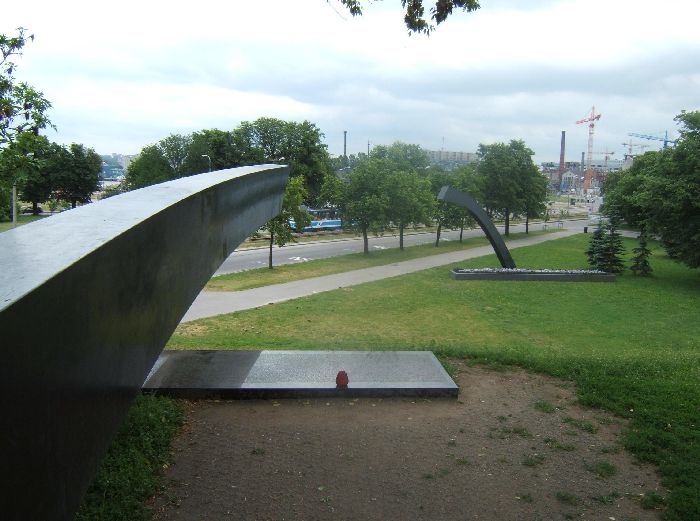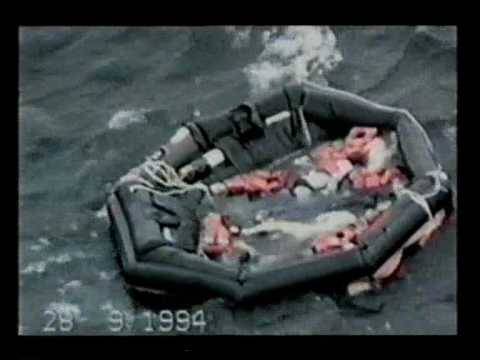General information, in case you have never heard about the sinking:
http://en.wikipedia.org/wiki/MS_Estonia
http://news.err.ee/v/society/0cb1c990-49b1-431c-a932-c16b9d487e7c
Her call for Mayday:
http://www.youtube.com/watch?v=_7cZTEQJ2VQ
Diving the wreck (and yes, the diver sounds like Donald Duck):
http://www.youtube.com/watch?v=uDyQ8WYOg28
I remember hearing the news, I couldn't believe it. It was the Baltic Sea after all, and not some wide ocean. There were also lots of rumors spread around (weapon smuggling, insurance fraud etc.) and some still think the truth is not told. Others avoided using ferries altogether.
On the good side, the desaster led to improvements in safety and ship design, like so often it had to take a catastrophe to introduce new standards...

http://en.wikipedia.org/wiki/MS_Estonia
http://news.err.ee/v/society/0cb1c990-49b1-431c-a932-c16b9d487e7c
Her call for Mayday:
http://www.youtube.com/watch?v=_7cZTEQJ2VQ
Diving the wreck (and yes, the diver sounds like Donald Duck):
http://www.youtube.com/watch?v=uDyQ8WYOg28
I remember hearing the news, I couldn't believe it. It was the Baltic Sea after all, and not some wide ocean. There were also lots of rumors spread around (weapon smuggling, insurance fraud etc.) and some still think the truth is not told. Others avoided using ferries altogether.
On the good side, the desaster led to improvements in safety and ship design, like so often it had to take a catastrophe to introduce new standards...








